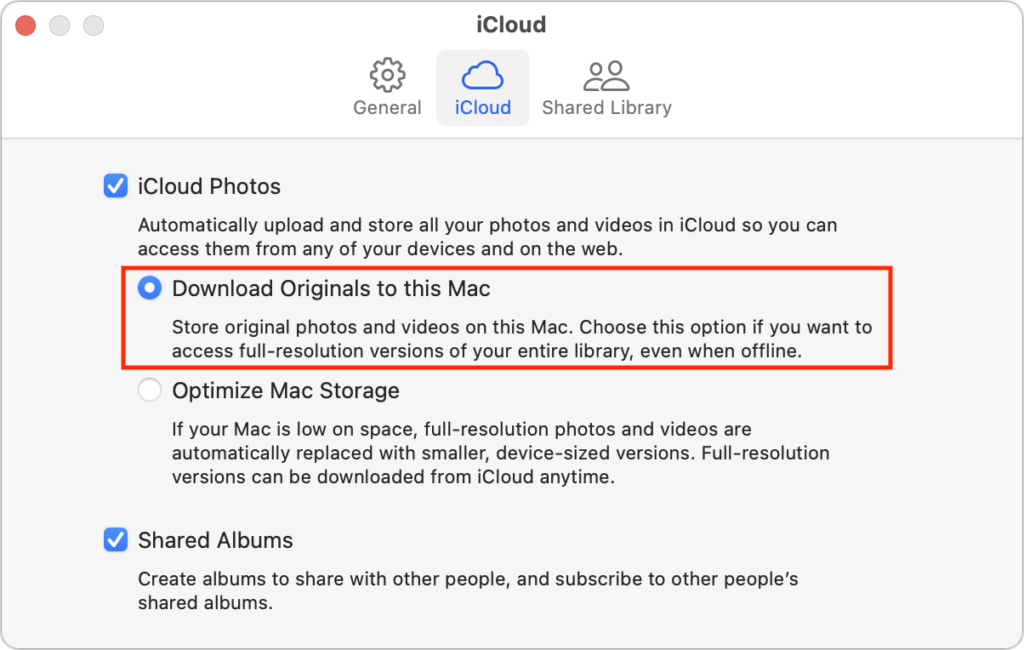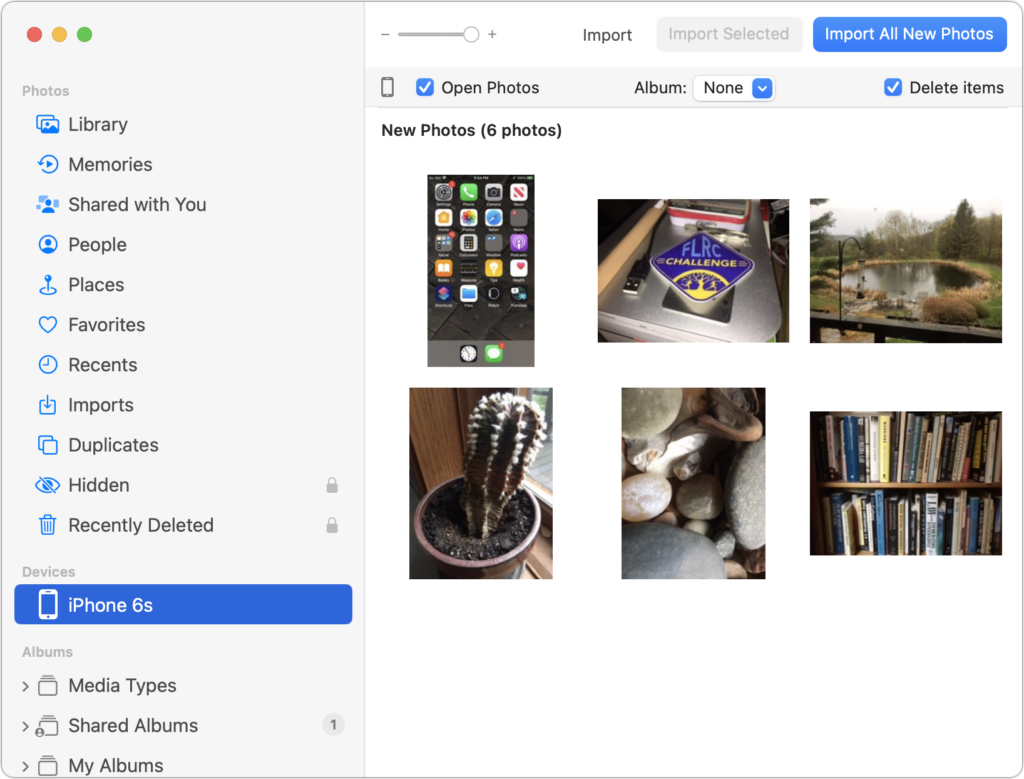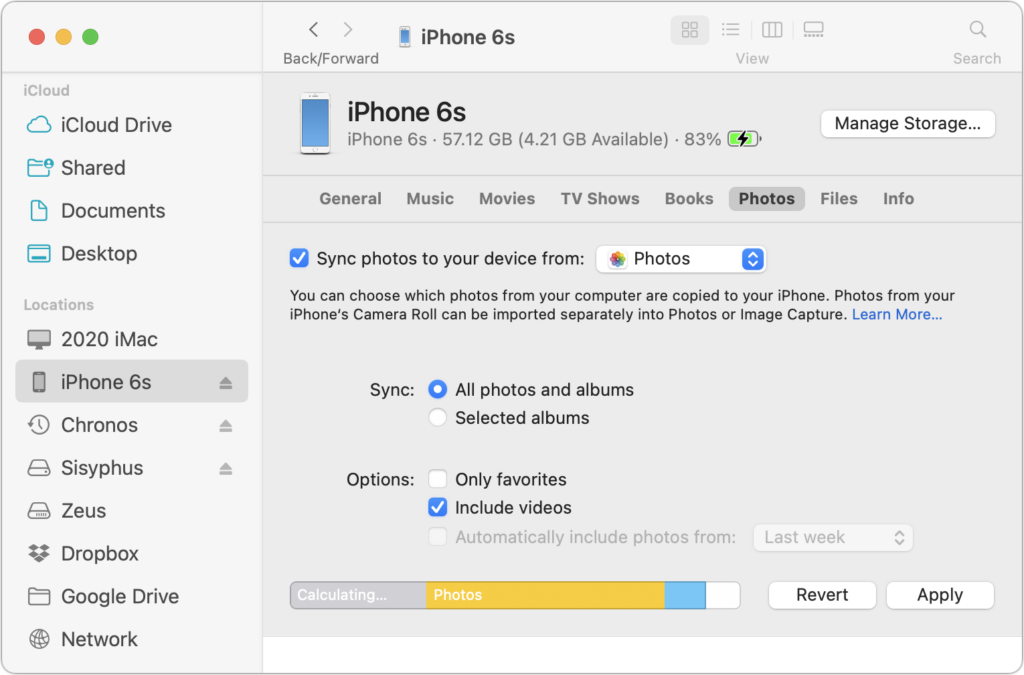New reports of iPhone theft victims being locked out of their iCloud accounts should encourage iPhone users to ensure their photos are copied to a Mac (and that the Mac is backed up as well). iCloud users may feel secure because iCloud Photos stores a copy of all their photos—but it isn’t safe to assume that the contents of your iCloud account are completely protected.
Recently, two Wall Street Journal reporters covered a troubling form of crime aimed at iPhone users. Thieves hang out in bars, looking over patrons’ shoulders to identify users who tap in their passcodes rather than use Face ID or Touch ID. After they have learned someone’s passcode, the thieves grab the iPhone and run. Once clear, they use the learned passcode to change the user’s Apple ID password, and then make purchases with Apple Pay, access passwords in iPhone Keychain, and utilize other information on the iPhone to facilitate identify theft.
Worse, thieves will also enable or reset a recovery key, which prevents the user from employing Find My to locate and lock the iPhone. Enabling a recovery key also disables Apple’s normal account recovery process for resetting the Apple ID password. So beyond headaches and financial losses, victims lose access to their iCloud accounts (possibly forever)—and all their photos in iCloud.
While Apple will hopefully block this type of attack soon, follow this advice to reduce the chances of being victimized:
- Pay attention to your iPhone’s physical security in public.
- Always use Face ID or Touch ID in public.
- If you must enter your passcode in public, conceal it from anyone nearby.
- Never share your passcode.
Additionally, a backup of your photos will minimize the pain of problems.
There are two possible backup scenarios. It is easiest to use iCloud Photos and download originals to your Mac, but this method may require you to pay for more storage, depending on how many photos you have. To sync photos with your Mac, go to Photos > Settings/Preferences > iCloud and then select “Download Originals to this Mac.” If your Mac does not have enough disk space to hold your photos, you may need to move your system Photos Library to an external hard drive.
If you don’t use iCloud Photos, you can back up your iPhone to your Mac, or import images into Photos on the Mac and then sync them back to your phone. This second backup approach is more work, but it doesn’t cost anything.
Connect your iPhone to your Mac using a USB-to-Lightning cable or via WiFi and then manually import new images into Photos on your Mac. (Select the iPhone in the Photos sidebar.) After importing, use the Delete Items checkbox to remove the original photos from your iPhone, thus allowing you to manage them solely on the Mac.
Then, you can sync your photos—all, or just desired ones—back to your iPhone using the Finder. Select your iPhone in a Finder window’s sidebar. Next click “Photos” in the top button bar and select “Sync photos to your device from Photos,” plus “All photos and albums” and “Include videos.” Finally, click “Apply” or “Sync.”
Backing up your iPhone to a Mac without syncing Photos also backs up your Photos—but then the only way to get them back is to restore a backup onto an iPhone. Thus, it is preferrable to have all the photos accessible in Photos as well.
As a last step, once your photos are on your Mac, we recommend backing up all of your data using Time Machine (your Mac’s built-in backup feature), a service like Backblaze, or an app like Carbon Copy Cloner or SuperDuper. And if you are concerned about the quality of your backups for preserving photos, contact us for more advice.



